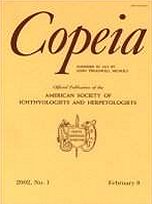The morphology, topological relationships, and innervation patterns of m. cervicoquadratus in various snakes, especially basal taxa, were examined. Nearly all aspects of its anatomy suggest that this muscle is homologous with a part of m. cucullaris, most likely m. episternocleidomastoideus, the muscle that connects the skull and pectoral girdle in non-ophidian squamates. This is the first report of any pectoral girdle muscle persisting in snakes. In snakes examined, the most posterior extent of m. cervicoquadratus does not extend more posteriorly than the level of the 11th precloacal vertebra, suggesting that the length of the neck inferred on this characteristic would be quite short compared to the length of the entire precloacal region. However, different anatomical and developmental characteristics are known to indicate various lengths of the neck in snakes. This suggests that such characteristics potentially evolve independently from one another, and thus no single criterion may be sufficient to delimit the neck in snakes.
BioOne.org will be down briefly for maintenance on 17 December 2024 between 18:00-22:00 Pacific Time US. We apologize for any inconvenience.
How to translate text using browser tools
1 May 2006
First Report of a Pectoral Girdle Muscle in Snakes, with Comments on the Snake Cervico-dorsal Boundary
Takanobu Tsuihiji,
Maureen Kearney,
Olivier Rieppel
ACCESS THE FULL ARTICLE





